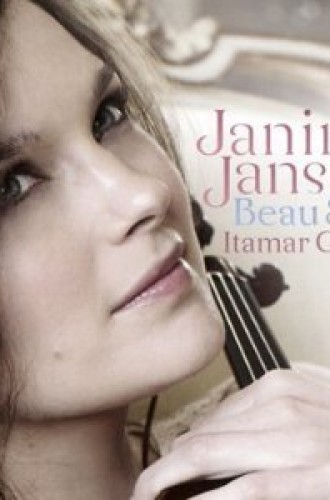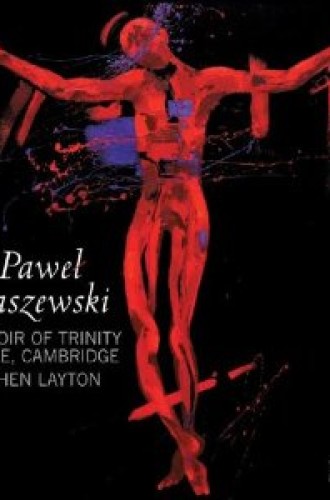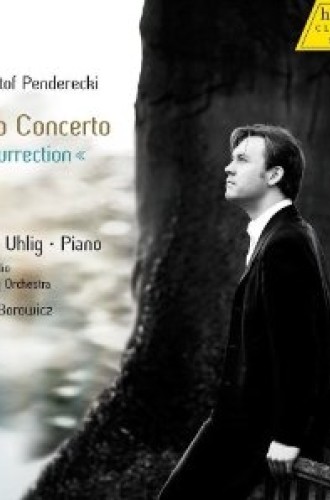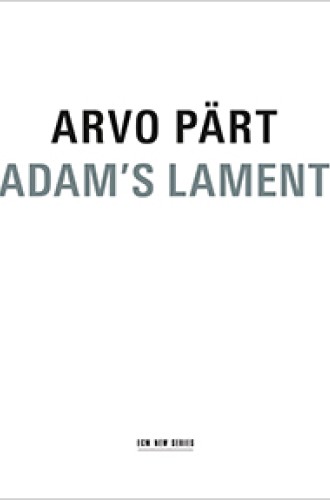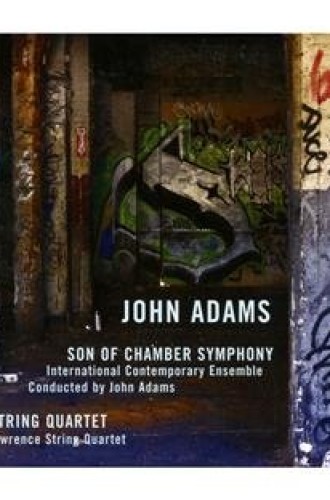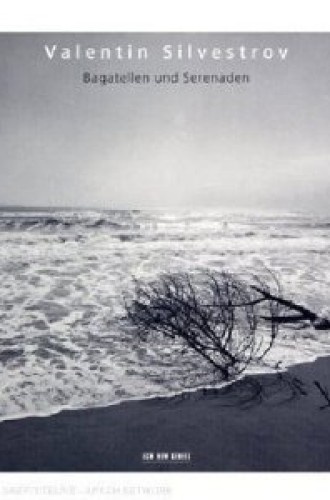Classical music
Preludes and Dreams, Lera Auerbach, piano. Lera Auerbach, a Russian Jew who has lived in the United States for over 20 years, is not only a pianist but a visual artist and award-winning poet. She is the creator of an impressive number of large-scale works such as the ballet The Little Mermaid and the recent Ode to Peace. Preludes and Dreams, an album of piano pieces completed between 1999 and 2003, is typical of Auerbach’s idiom. She is firmly rooted in a Slavic tradition traceable through Shostakovich and Rachmaninoff back to Chopin, and her work is profoundly personal in its emotional breadth and intensity.
Beau Soir, Janine Jansen, violin, and Itamar Golan, piano. Franco-Swiss composer and double bass virtuoso Richard Dubugnon has rapidly become known as one of the most fluent and exuberant composers of his generation. He is open to an eclectic range of influences from Bach and Honegger to funk, the Bee Gees and master composers of the mid-20th century. The three miniatures “La Minute Exquise,” “Hypnos” and “Retour à Montfort-Lamaury” featured on Beau Soir showcase the generous lyricism of Dutch violinist Janine Jansen.
Choral Music, by Paweł Łukaszewski. Sacred choral music has become the focus for a number of younger composers. This choral writing is often symphonic in ambition and texture. Antiphonae, the seven Advent antiphons of Paweł Łukaszewski recorded in Cambridge, are an example of this growing repertoire. Łukaszewski’s work has the granite-like quality and religious fervor of Górecki. His work encompasses electric outbursts of pulsating rhythm and moments of great melodic delicacy.



